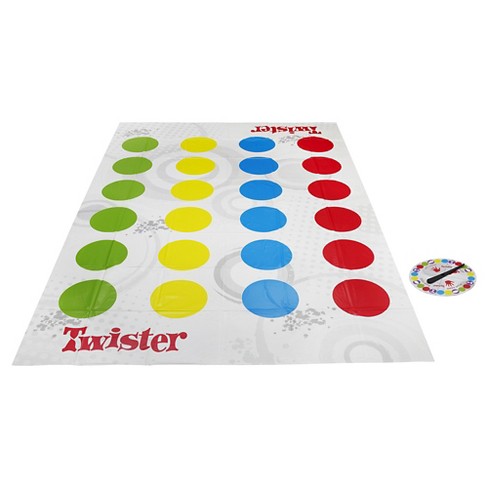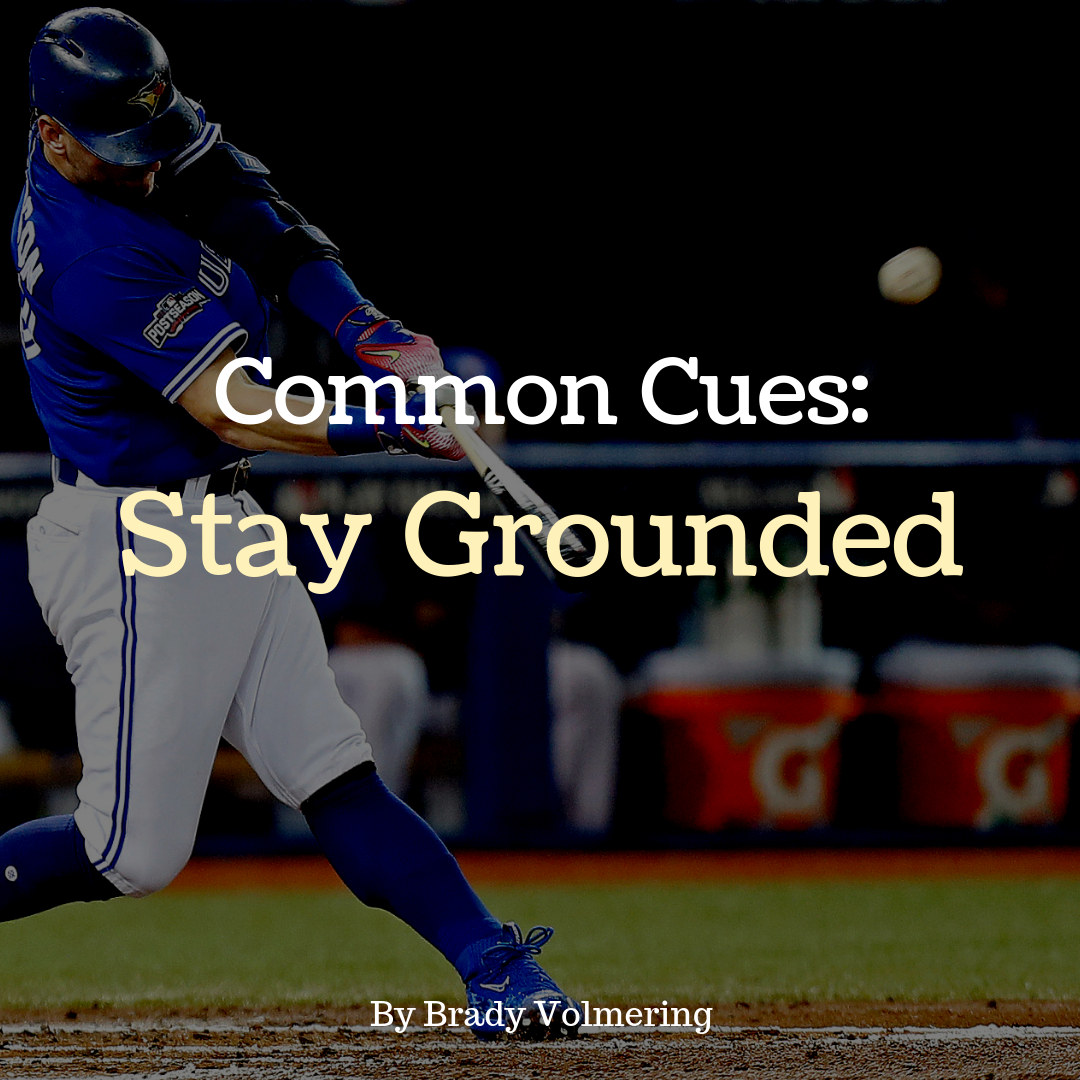There will be several articles included in this “Common Cues” series. Below are some important notes to consider before we get into the actual article (these will be included at the beginning of each article in the series):
- Cues are not the same as reality. Cues create reality. Therefore, some of the cues will not match reality, or in other words, what actually happens. Their purpose is to create the reality, not be it.
- Every cue is not meant for everybody. There will be a list of examples in each article, detailing athletes that both demonstrate characteristics of the cue, and athletes that don’t. It’s tough to say exactly which athletes the cue will or won’t work for. Let your intuition be the measuring stick. If the cue makes sense to you, try it out. If not, move on.
- Over time there will be a growing list of “Common Cues” articles. To search for these, simply click the 3 little bars you see at the top of the site and enter “Common Cues” into the search bar to get the full list.
- Let’s get started.
Cue: Stay Grounded
There are two clips that go along with this cue:
#1:
#2:
Although Donaldson and Acuna are doing so in two different ways, they are both providing good visuals of what I consider “staying grounded”.
What is it?
Imagine you were playing Twister (am I getting old?), and you had to put your left foot 4 circles ahead of your right foot (if you’re a right handed batter. Just switch it around if you’re lefty), but you had to do so while keeping your right foot grounded on the circle you’re already standing on.

Now imagine there’s a scale underneath your right foot and that you have to step while keeping some degree of weight on your right leg. Now add a bat, a little bit of rhythm, plus a live pitch coming in, and you essentially get the videos that we see above.
Well, not quite, but you get the picture. We’re trying to gain some forward momentum, while continuing to maintain contact with the ground in our rear heel/foot.
What I see with a lot of the hitters I work with is the want to begin rotation too soon. They know the lower half is before the upper half in an “ideal” kinematic sequence, so that’s what they try to create. And herein lies the distinction between cues and reality. Cuing yourself not to rotate, may in fact allow for well-sequenced rotation. Here’s Alex Bregman talking about this concept, albeit with different wording:
He doesn’t mention “stay grounded”, but it’s the same concept talked about in a different way. It’s one of the reasons this article has been difficult to write. There are many “feels” that can create the movement, or result, we’re looking for.
In Addition…
I don’t consider this cue to be “done” once the front leg has planted. For me, this cue is important even as rotation begins to happen. We want to stay centered as our rotation takes place. Donaldson is one of the best examples of this. His rear foot, while rotating and coming off the ground just a tad, is largely “gripping” the ground throughout the duration of his swing. He doesn’t “bail out” and spin left upon swing initiation. It’s a well sequenced turn of the lower body and upper body to deliver the barrel to where it’s needed.
For example, here’s a video of myself back in 2016. Plenty of rotational velocity, but poorly directed. Instead of staying grounded and directing my rotation efficiently, I spin left as hard and as quickly as possible, utilizing rotational efficiency in a less than optimal manner:
The cue of “stay grounded” made sense to mean me. Instead of yanking left and rotating as fast as possible, I now am able to feel some stabilization in my lower half as it provides a base for my rotation to work over top of. My swing creates the rotation, I’m not rotating to swing (again, same thing, different wording. If that makes sense to you, use it. If not, don’t).
It may look “slower” and less violent, and it probably is, but this cue is essentially what allowed me to go from maxing out my distance at around 350 feet, to 425+.
Example (against)
Frank Thomas comes to mind as a hitter that didn’t “stay grounded” during his swing. He is one guy I definitely wouldn’t want to use this cue with:
Note the forward momentum and elevation of Thomas’ rear foot and leg. Would “staying grounded” have made Thomas a better hitter? Most likely not, which is why I will emphasize again that cues aren’t end-all, be-alls. They are simply a communication tool to get across a feel to create a result. There are many that can be used, but none that work for everyone.
Conclusion
I’ve done my best to communicate via words and videos what this cue means to me and who it might be useful for. However, getting the point across was difficult without being able to demonstrate myself. If you’re still confused about what this cue is, I explain it further here:
That’s all we got for today’s article. If you have additional questions, comments, or are interested in figuring out how this and other cues may apply to your own training, I can be reached via email at brady@dacbaseball.com.
Stay Hungry.
Brady
